#1983
Junkyard Find: 1983 Nissan Sentra Coupe
The first-generation Nissan Sentra first appeared on American roads in 1982, early in the very costly Datsun-to-Nissan rebranding process. The lightweight, fuel-efficient Sentra was a big sales hit, because drivers in the early 1980s (with vivid memories of the gas lines of a few years earlier) were willing to put up with double-digit horsepower and lots of NVH in a car that promised decent reliability and cheap point-A-to-point-B costs. Now, of course, nearly all of the early Sentras are gone, so this well-worn example in a San Francisco Bay Area yard gives us an interesting history lesson.
Junkyard Find: 1983 Oldsmobile Toronado Brougham Coupe
The Oldsmobile Toronado started out as a big sporty car, morphed into an Eldorado-styled full-on luxury boat, then spent its twilight years getting progressively smaller and less opulent. Every Toronado ever made had front-wheel-drive and two doors, and every one had at least some Eldorado DNA in its bloodstream.
Here’s a downsized-but-still-substantial third-generation Toronado I found at a self-service yard in Phoenix, while I was in Arizona to work at the Arizona D-Bags 24 Hours of LeMons.
Junkyard Find: 1983 Jeep Cherokee
Junkyard Find: 1983 Mercury Marquis Station Wagon
In 1983, Ford decided to put the Mercury Marquis on the new-ish Fox Platform, while the Grand Marquis remained on the Panther Platform (where it would stay until the bitter end). Confused? Hey, at least the Marquis/Grand Marquis split wasn’t as puzzling as, say, the Toyota Corolla Tercel (which was unrelated to the Corolla) or the Nissan Stanza Wagon (which was only slightly related to the other US-market Stanzas).
Here’s a faded but generally solid ’83 Marquis woodie wagon I saw in Northern California in August.
Junkyard Find: 1983 Lincoln Continental
In 1982, the 7th-generation Lincoln Continental went to the Fox Platform, elbowing the Fox-based Lincoln Versailles aside. These cars didn’t hold their value so well, which meant that you won’t see many these days.
Here’s a reasonably solid example I saw at a San Francisco Bay Area self-service yard two months ago.
Junkyard Find: 1983 Toyota Cressida Wagon, Salty Pacific Ocean Spray Edition
Since we had some rusty Junkyard Finds recently and I just spent a couple of days driving around San Francisco looking at ocean-salt horror-story cars, let’s continue with the Toyota Rust theme and check out this frighteningly oxidized San Francisco Cressida.
Junkyard Find: 1983 Toyota Pickup, Adobe Rust Repair Edition
Toyotas of the 1970s and 1980s were quite reliable for the era, if you’re just talking about running gear. If you lived in a rust-prone area, though (say, a block from the Pacific Ocean in San Francisco), Toyotas were eaten by the Iron Oxide Monster in a hurry. Here in Denver, where the snow usually doesn’t stick around long enough to warrant the application of road salt and the single-digit humidity dries out pockets of moisture trapped behind body panels before they can cause much harm, you don’t see too many rust horror-shows in junkyards. However, being conveniently located to both the western edge of the Rust Belt and the salty-road mountains means that I do see some interesting approaches to the Rotting Toyota Problem. Here’s a camper-shell-equipped Missouri Hilux (sold as, simply, the “Toyota Truck” in the United States) with some fiberglass-and-body-filler bodywork that may have bought it another year or two on the road.
Junkyard Find: 1983 Mazda RX-7
First-generation RX-7s aren’t as common in self-service wrecking yards as they were five years ago, but it’s not hard to find a couple in a typical large yard in the Los Angeles or San Francisco areas. Most of the time I don’t photograph these cars, but we’ve seen this ’79, this ’79, this ’80, and this ’85 so far in this series, and now we’ve got today’s beat-looking but low-mile ’83 from Northern California.
Junkyard Find: 1983 Mitsubishi Cordia
The Mitsubishi Cordia was one of the first Mitsubishi-badged cars to be sold in the United States (prior to that, US-market Mitsubishis were Chrysler captive imports). They didn’t sell in huge quantities, and we don’t remember the Cordia as well as the Starion or even the Mighty Max, but I still see the occasional example in California wrecking yards. There was this ’83 Cordia Turbo (from which I obtained the amazing digital instrument cluster), this ’84 Cordia, and this ’87 Cordia Turbo, and here’s this well-worn ’83.
Capsule Review: 1983 Ford Sierra Ghia 2.0
“Wait! Is that a…”
“Are you British?”
“I haven’t seen one of these since I left Venezuela as a teenager, only rich people had Sierras!”
Behold random responses from gawkers of TTAC’s Project Car. The surprises continue after several hundred miles under the Ford Sierra’s belt, as life with this fish out of water is far from a compromise.
Junkyard Find: 1983 AMC Eagle SX/4 Sport
Ahh, the AMC Eagle! So much car-industry history wrapped up in the Eagle, which was a highly innovative machine made during the very last gasps of American Motors (and continuing as a Chrysler product, briefly, before Chrysler killed the Eagle and kept the name for its new marque, which was then slapped on a rebadged and modified Renault 25). Since I live in Colorado, I see Eagles on the street all the time— there are several daily-driver Eagles living within a few blocks of me— and I see them in the local wrecking yards. So far in this series, we’ve seen this ’79 wagon, this ’80 coupe, this GM Iron Duke-powered ’81 SX/4, this ’82 hatchback, this ’84 wagon, this ’84 wagon, and this ’85 wagon. The AMC Spirit-based SX/4 is much less common than the larger AMC Concord-based Eagles, so today’s find (in Denver, of course) is quite interesting.
Junkyard Find: 1983 BMW 633 CSi
The BMW E24 6-series is one of those cars with a vast, uncrossable gulf between the values assigned to it by Internet Car Experts and those assigned by Hardbitten Burned-By-Real-World-Purchases Car Experts. The Internet Car Expert has seen an ’87 635CSi in nice shape with an asking price of $25,000 on Craigslist, and therefore he knows that even a rough one is worth ten grand, minimum. The Hardbitten Burned-By-Real-World-Purchases Car Expert once paid $2,500 for a fairly solid E24, put $1,500 of parts into it, and sold it for $2,750. The junkyard doesn’t lie, and I see E24s in cheap self-service yards all the time, so often that I don’t photograph most of them. Today’s Junkyard Find, however, has just enough of that Late Malaise Era appeal, with its overtones of imminent Able-Archer 83-triggered nuclear annihilation (plus a manual transmission), that I decided to shoot it.
Junkyard Find: 1983 Dodge Rampage Prospector
Even as the K-cars became a huge success, Chrysler didn’t give up on the Simca-derived Omnirizon platform. In fact, the 2.2/2.5 engine helped extend the Omnirizon’s life until the 1990s. We’ve seen a fair number of Omnirizon-based Junkyard Finds, including this ’78 Horizon, this ’84 Turismo, this ’85 Shelby Charger, this ’86 Omni, and this this Shelby-ized ’86 Omni GLH, and now I’ve managed to find one of the rarest of all: the pickup-truck Omnirizon!
Junkyard Find: 1983 Honda Civic Wagon
The 1973-79 Civic was a very good car for its time (mostly because just about all the other subcompacts of the era were so bad and/or boring), but the second-generation Civic was the one that gave Honda its reputation for bang-for-buck performance and miraculous-for-the-price build quality that seemed unbeatable for nearly 15 years. The value of the 1980-83 Civics became so low by the late 1990s that it wasn’t worth fixing any problem that cost more than a couple hundred bucks to fix, and so nearly all of them were gone by the time the 21st century rolled around. Here’s a Civic wagon, painted in very Malaise-y beige, that managed to hang on for thirty years. More than a year has passed since the last second-gen Civic in this series.
Junkyard Find: 1983 Chevrolet Citation
We’ve seen an ’81 Citation and an ’82 Citation in this series, so let’s continue down GM’s Bad Memory Lane with a 1983 version of the car that damaged The General’s image even more than the Vega. Somehow, this car stayed on the street— or at least out of the wrecking yard— for 29 years, but now it awaits crushing in a Denver self-serve wrecking yard.
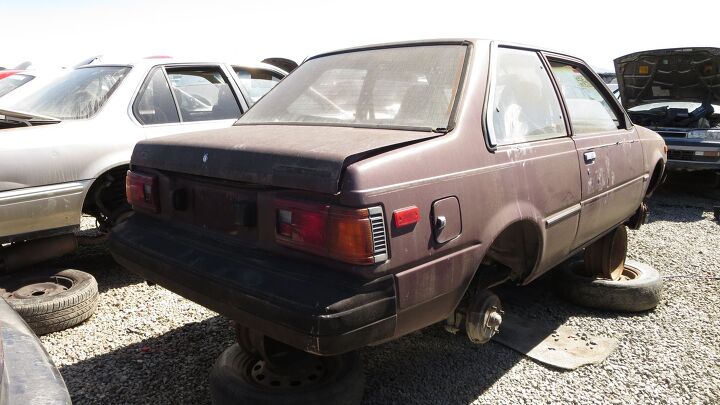

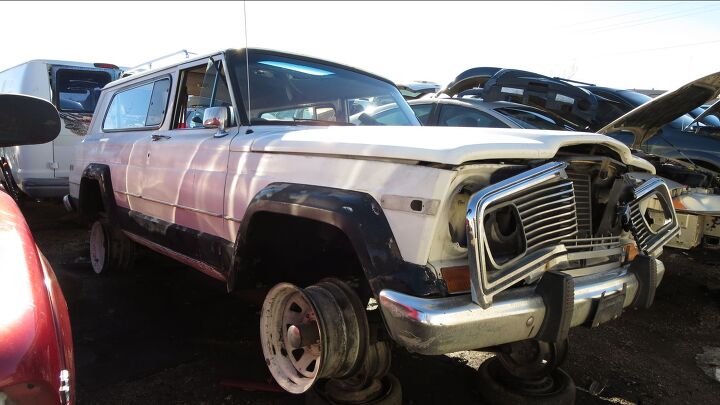

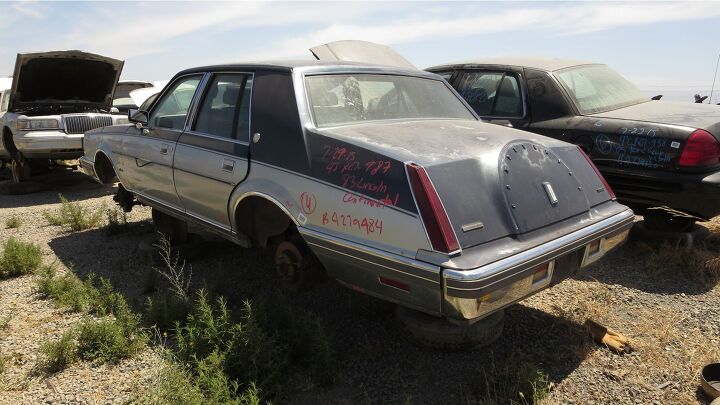
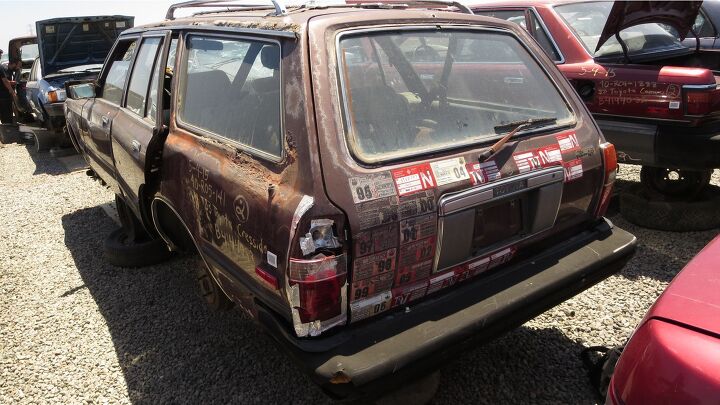
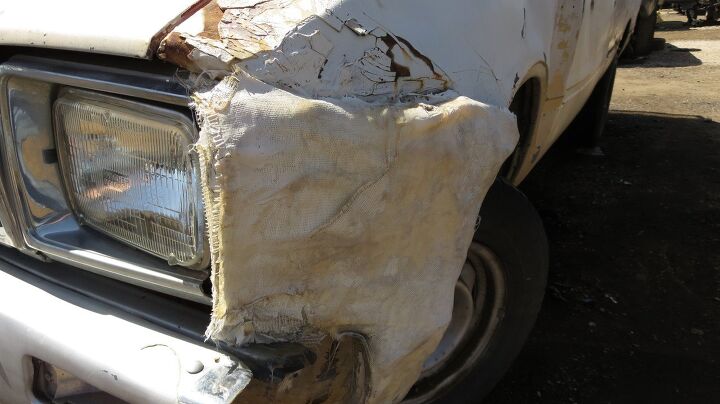
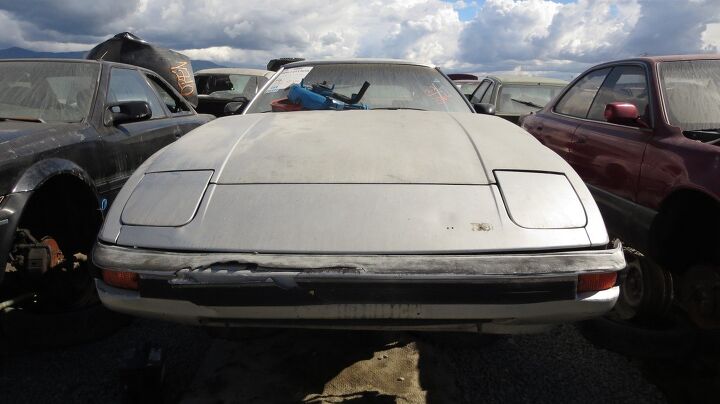





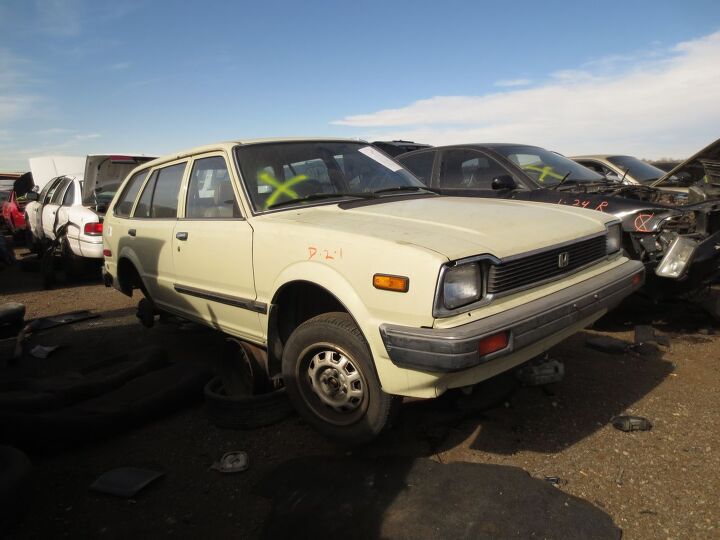













Recent Comments